A Quick Look
Into 4 Types of
Solar Storage Systems
Solar panel systems have become one of the fastest-growing sources of energy around the
world. CSUN saw the potential in solar energy back in 1990 and has been contributed to
the industry since then. Solar+Storage is one of the most advanced technologies that CSUN
has been developing.
Solar +
Storage?
Solar and storage create
business opportunities for each other. As solar penetration
increases, states and solar companies are turning to storage. Energy storage can smooth
electricity prices through arbitrage, manage evening energy ramps, mitigate the risk of
curtailment, provide black start capability, provide backup power and more.
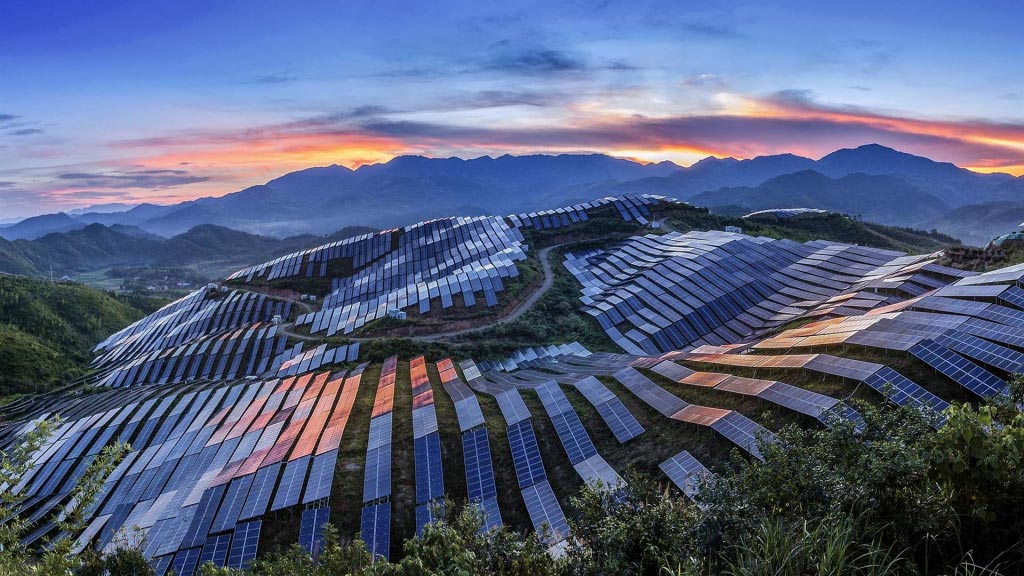
Increased storage deployment can reduce grid management concerns such as the so-called “duck
curve,” creating additional opportunities for solar deployment. While there are many
strategies for approaching the integration of solar at the levels of penetration seen in
states like Hawaii and California (increased flexibility of other generators, demand
response, etc.), storage puts the power to facilitate integration directly into the hands of
solar developers.
4 Types of
Solar Storage Systems
1) On-Grid
System
On-grid or grid-tie solar
systems are by far the most common and widely used by homes and
businesses. These systems do not need batteries and use either solar inverters or
micro-inverters and are connected to the public electricity grid. Any excess solar power
that you generate is exported to the electricity grid and you usually get paid a
feed-in-tariff (FiT) or credits for the energy you export.
Unlike hybrid systems,
on-grid solar systems are not able to function or generate electricity
during a blackout due to safety reasons. Since blackouts usually occur when the electricity
grid is damaged; If the solar inverter was still feeding electricity into a damaged grid it
would risk the safety of the people repairing the fault/s in the network. Most hybrid solar
systems with battery storage are able to automatically isolate from the grid (known as
islanding) and continue to supply some power during a blackout.
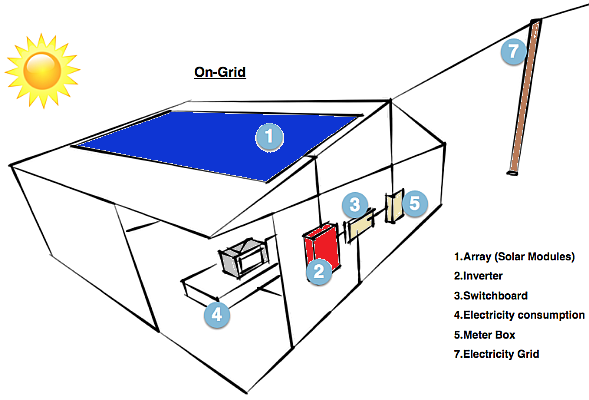
2) Off-Grid System
An off-grid system is not
connected to the electricity grid and therefore requires battery
storage. Off-grid solar systems must be designed appropriately so that they will generate
enough power throughout the year and have enough battery capacity to meet the home’s
requirements, even in the depths of winter when there is generally much less sunlight.
The high cost of
batteries and off-grid inverters means off-grid systems are much more
expensive than on-grid systems and so are usually only needed in more remote areas that are
far from the electricity grid. However battery costs are reducing rapidly, so there is now a
growing market for off-grid solar battery systems even in cities and towns.
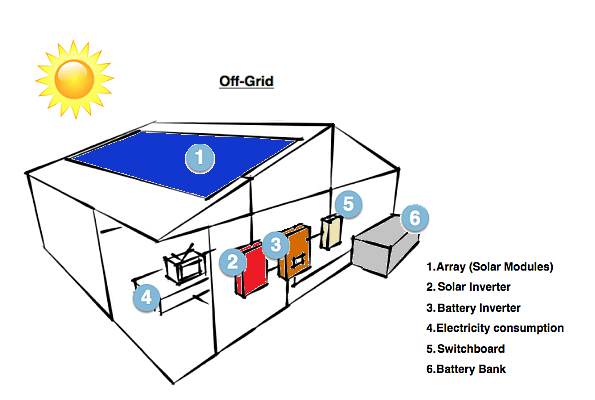
3) Hybrid System
Modern hybrid systems
combine solar and battery storage in one and are now available in many
different forms and configurations. Due to the decreasing cost of battery storage, systems
that are already connected to the electricity grid can start taking advantage of battery
storage as well. This means being able to store solar energy that is generated during the
day and using it at night. When the stored energy is depleted, the grid is there as a
backup, allowing consumers to have the best of both worlds. Hybrid systems are also able to
charge the batteries using cheap off-peak electricity (usually after midnight to
6 am).
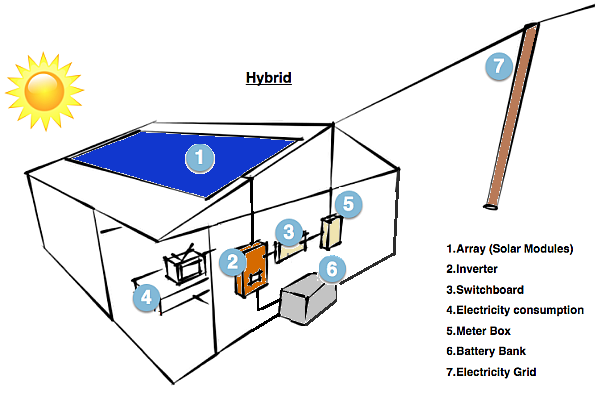
4) Solar Batteries
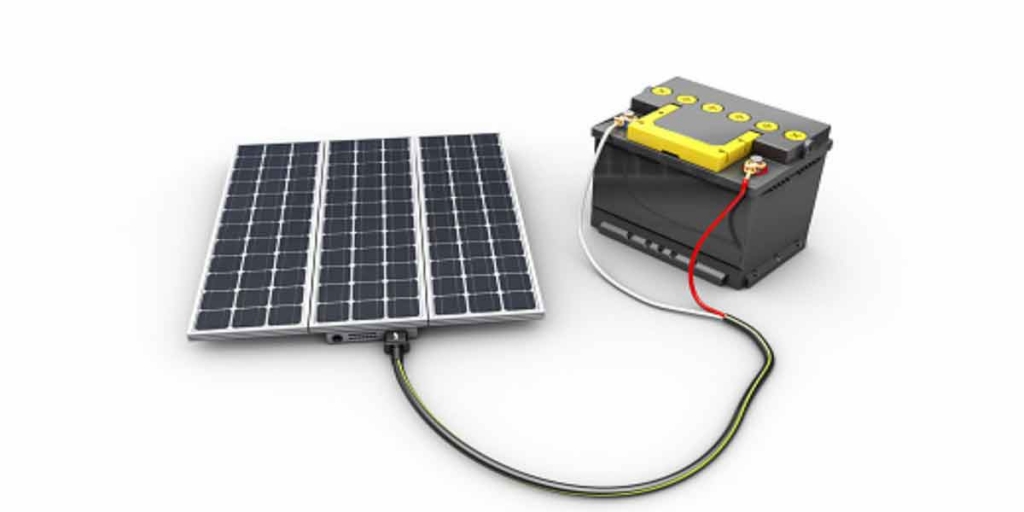
The four main types of solar
batteries are lead acid, lithium ion, nickel cadmium, and flow
batteries.
- Lead acid batteries
have been around for the longest and are known for their low prices
and reliability, but they require regular maintenance.
- Despite being
expensive, lithium ion batteries are becoming the most popular choice for
residential solar batteries because they have a long lifespan and require no
maintenance.
- Nickel cadmium
batteries are more popular for commercial-scale projects because they can
operate at extreme temperatures and don’t require complex battery management systems.
- Flow batteries are
large in size and very expensive, which is why this emerging battery
technology is mostly used for large-scale battery storage.
Start With
A Plan
Nothing can be taken into
the best use until there is a plan. Not an expert in solar power
yourself? No need to worry, CSUN can help.
CSUN has been a trustworthy
solar power supplier for individuals and over 100 countries
worldwide. We can help you decide which type of solar storage system suits you most.
Subscribe to our website or call our staff to learn more.
 2021-03-30
2021-03-30 12:00:00
12:00:00
 Отраслевые новости
Отраслевые новости





